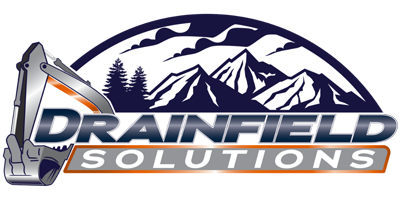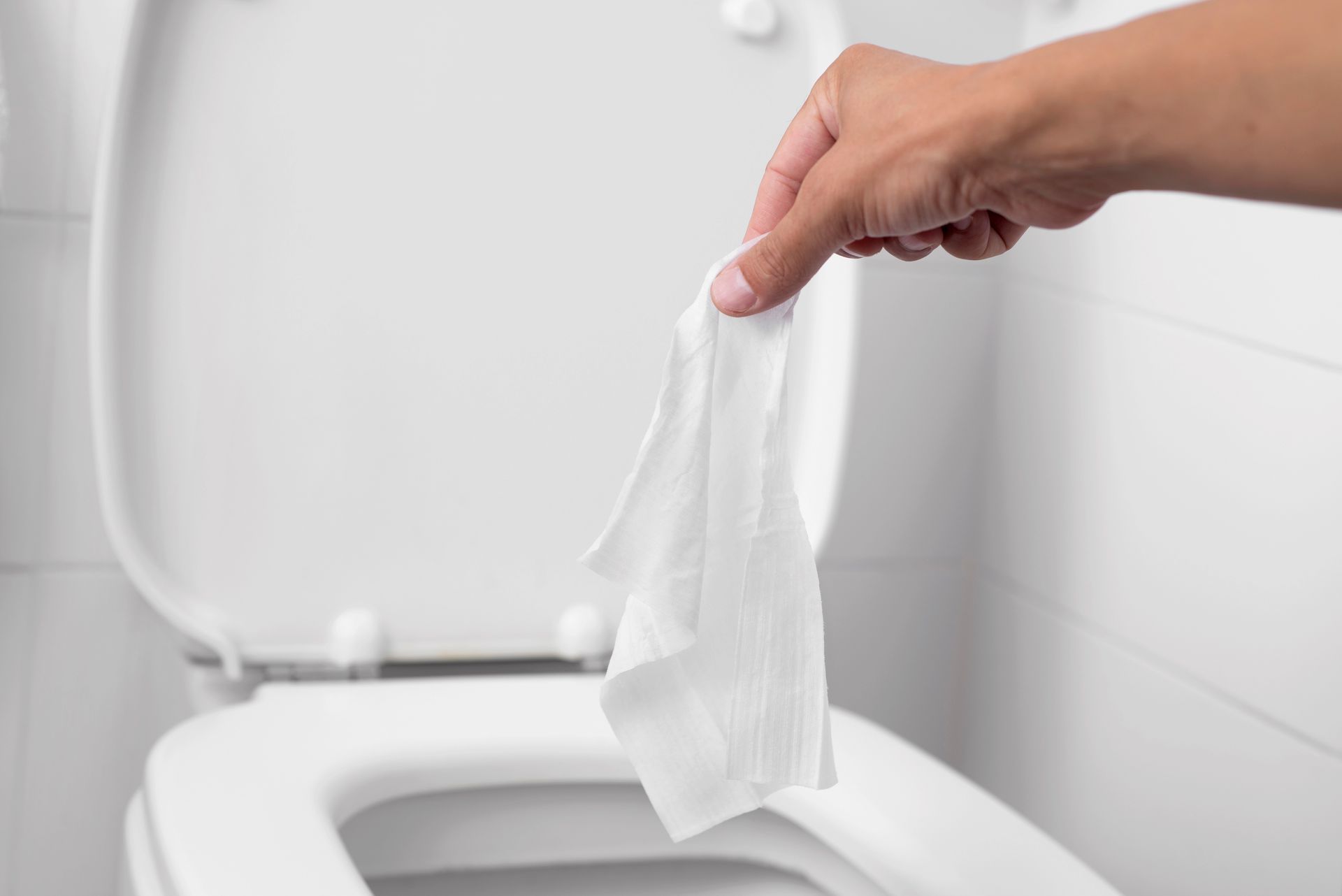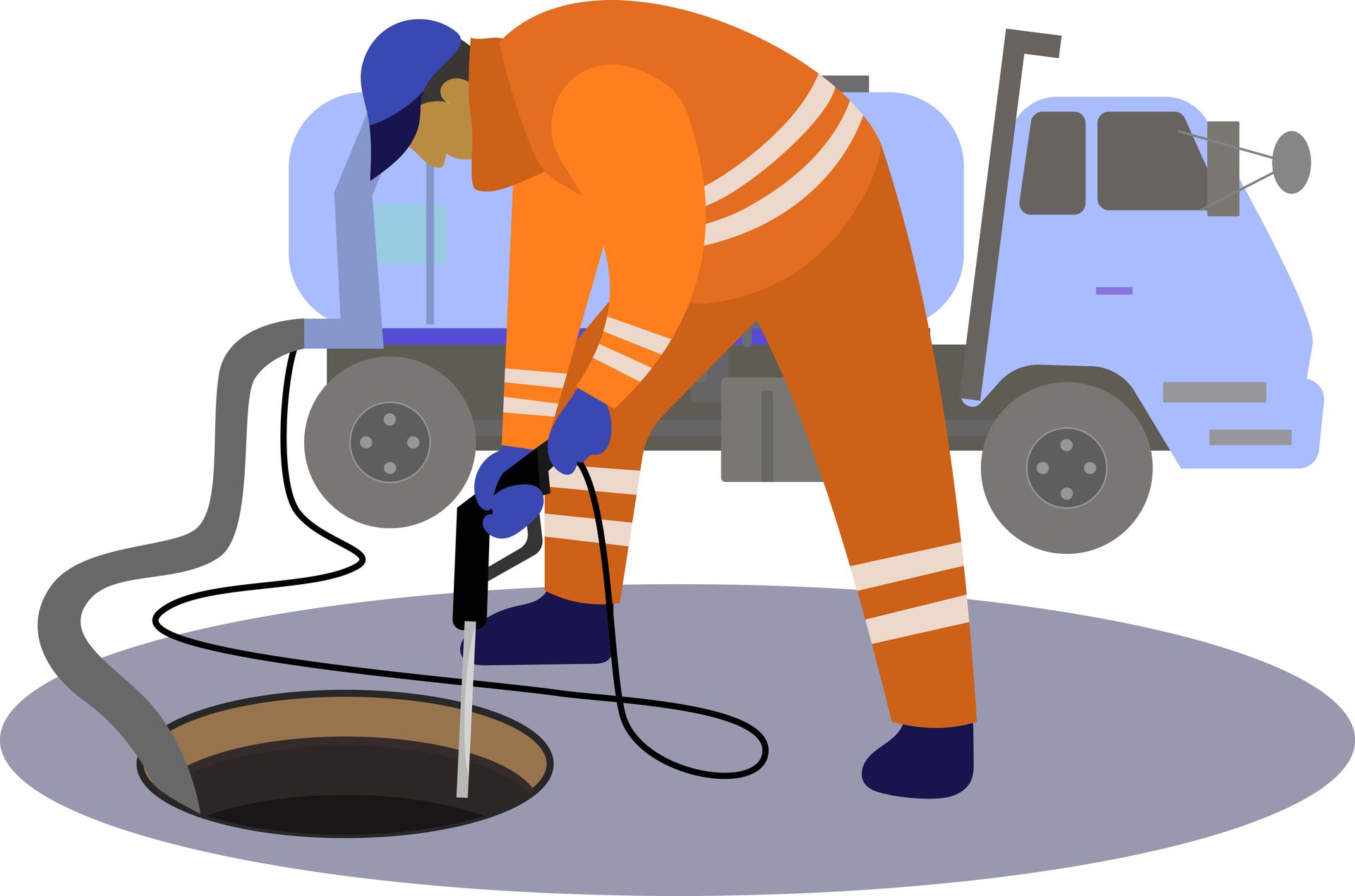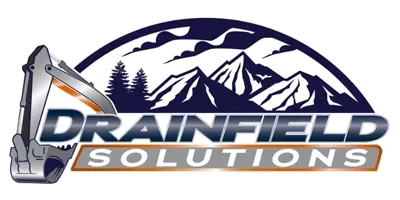Serving Central Virginia Since 2005 (804) 633-1808)
Your trusted resource for expert septic advice, maintenance guidance, industry updates and More
Septic System Resources Hub: Learn & Stay Prepared
Popular Searches:
Septic, Maintenance, Drainfield

Septic System Blogs: Tips & Information
Explore our library of blog posts on all things septic. From troubleshooting common issues to understanding complex systems, designed to keep you informed and prepared.
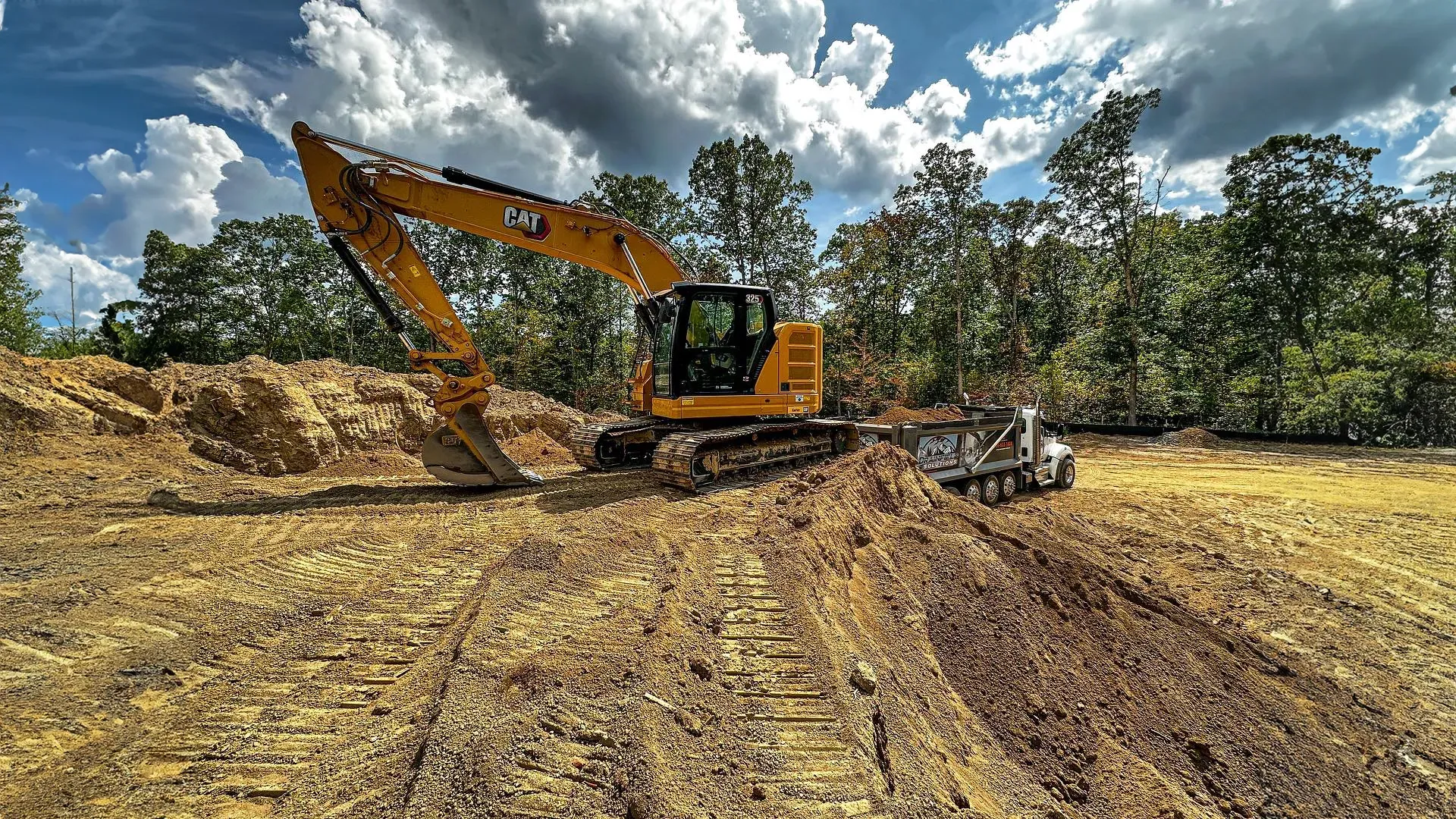
Frequently Asked Questions
-
How often should I have my septic system inspected?
It's recommended to have your septic system inspected at least once every 1-3 years. Regular inspections help identify potential issues early and ensure your system is functioning properly.
-
How often should I have my septic tank pumped?
Typically, septic tanks should be pumped every 3-5 years, depending on the size of the tank and the number of occupants in the household. Regular pumping prevents overflows and extends the life of your system.
-
What are the signs that my septic system needs repairs?
Common signs include slow draining sinks or toilets, unpleasant odors around the drain field, gurgling noises, and sewage backups. If you notice any of these issues, contact a professional immediately.
-
Can I install a septic system on any property?
Not all properties are suitable for septic systems. The feasibility depends on factors such as soil type, drainage, and local regulations. A site assessment by a qualified professional will determine if your property is suitable.
-
What should I do if my septic system backs up?
If you experience a septic backup, avoid using water and contact a professional septic service immediately. A backup can indicate a serious problem that needs urgent attention.
-
How can I maintain my septic system between professional inspections?
To maintain your septic system, avoid flushing non-biodegradable items, reduce the use of harsh chemicals, and ensure the drain field is not overloaded. Also, be mindful of water usage to prevent excessive strain on the system.
-
What are alternative septic systems, and do I need one?
Alternative septic systems are designed for properties where traditional systems are not feasible. These systems use advanced technology to treat wastewater and are suitable for challenging soil conditions or high-density areas. A professional assessment will determine if an alternative system is needed for your property.
Got questions? We’ve got answers. Check out our FAQs to find solutions to the most common septic system questions.
More Questions? Contact Us!
We’ve received your question and will reply shortly with the answer you need. We appreciate your patience!
We couldn’t submit your question. Please try again or give us a call for assistance.
Keep your septic system running smoothly.
Maintenance Tips to Keep Your Septic System Running Smoothly
Regular maintenance is key to preventing costly repairs. Browse our expert tips to help you maintain your septic system and avoid emergencies.
Pump Your Septic Tank Regularly
Schedule regular septic pumping every 3-5 years, depending on your system size and household usage, to prevent backups and system failures.
Conserve Water to Reduce Strain on Your System
Limiting water use by fixing leaks and installing water-efficient fixtures helps reduce the amount of wastewater entering your septic tank.
Avoid Flushing Non-Biodegradable Items
Never flush items like wipes, diapers, sanitary products, or paper towels, as they can clog your system and cause costly repairs.
Be Mindful of What Goes Down Your Drains
Avoid pouring grease, oils, or harsh chemicals down the drain, as they can damage the bacteria in your septic system that break down waste.
Maintain Your Drainfield
Keep trees and shrubs away from your drainfield to prevent root damage, and avoid parking or driving over the area to keep it functioning properly.
Watch and Learn:
Septic System Tutorials
Prefer learning by watching? Our video tutorials offer step-by-step guidance on key septic system tasks. Whether you need help with routine maintenance, understanding common issues, or troubleshooting, our easy-to-follow videos are designed to give you practical, hands-on knowledge.
GET IN TOUCH
17507 Richmond Turnpike
Milford, VA 22514, US
SERVICES
Any payment over $1,000 will result in a 2.5% Transaction Fee
© 2025 Drainfield Solutions. All Rights Reserved.
Developed and designed by Davenport Marketing
